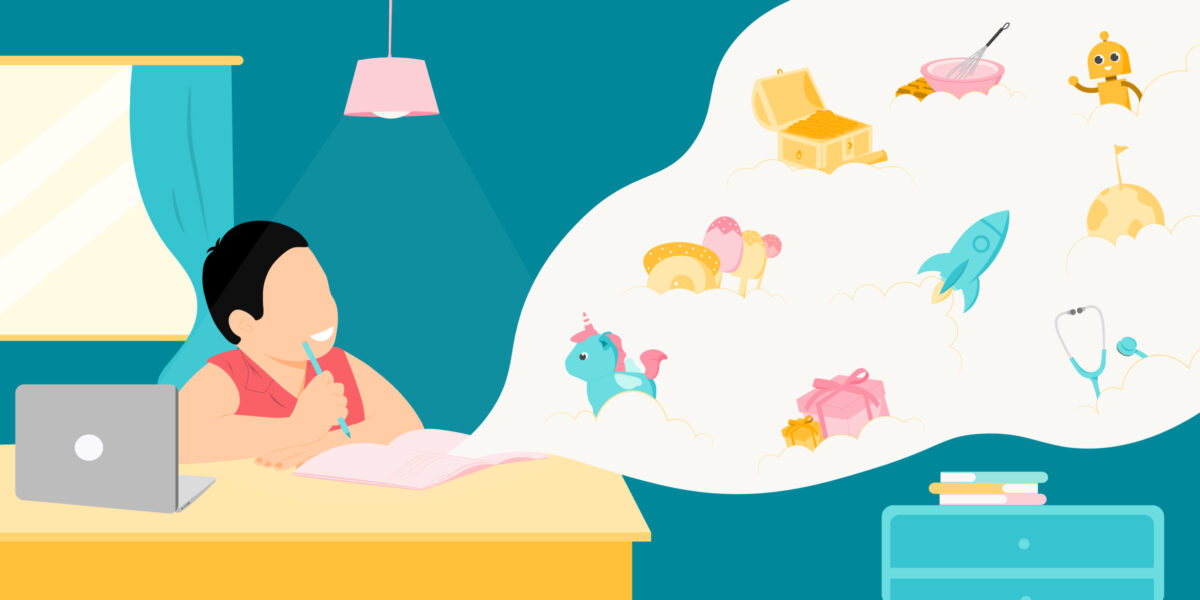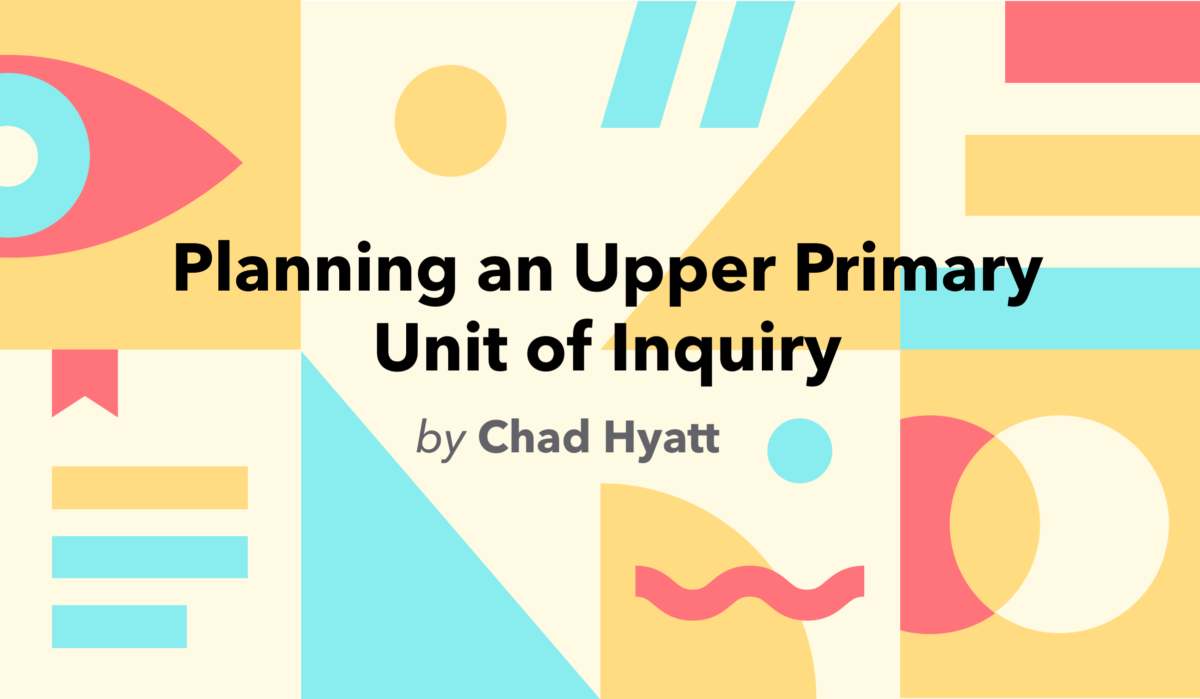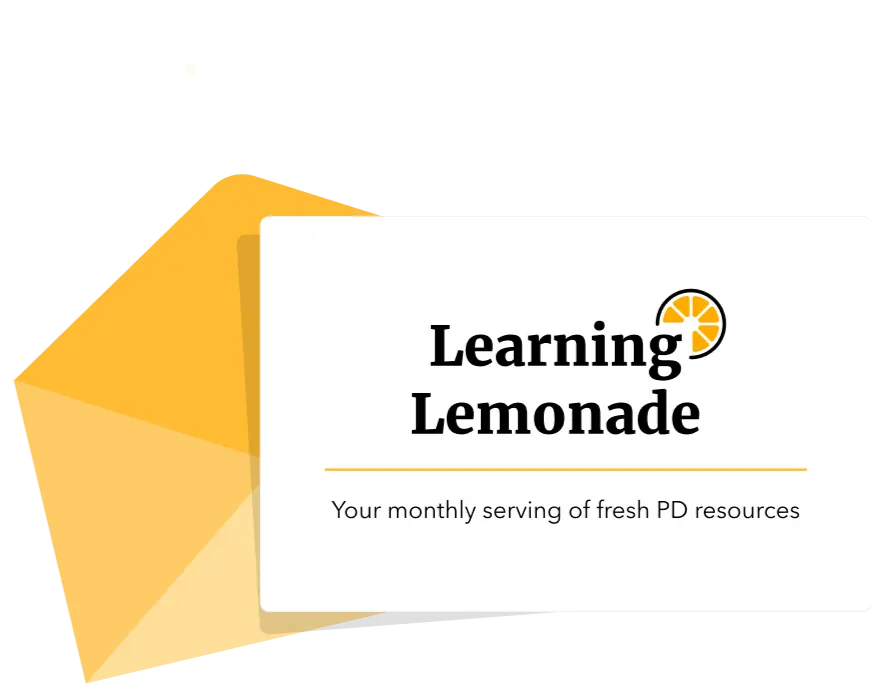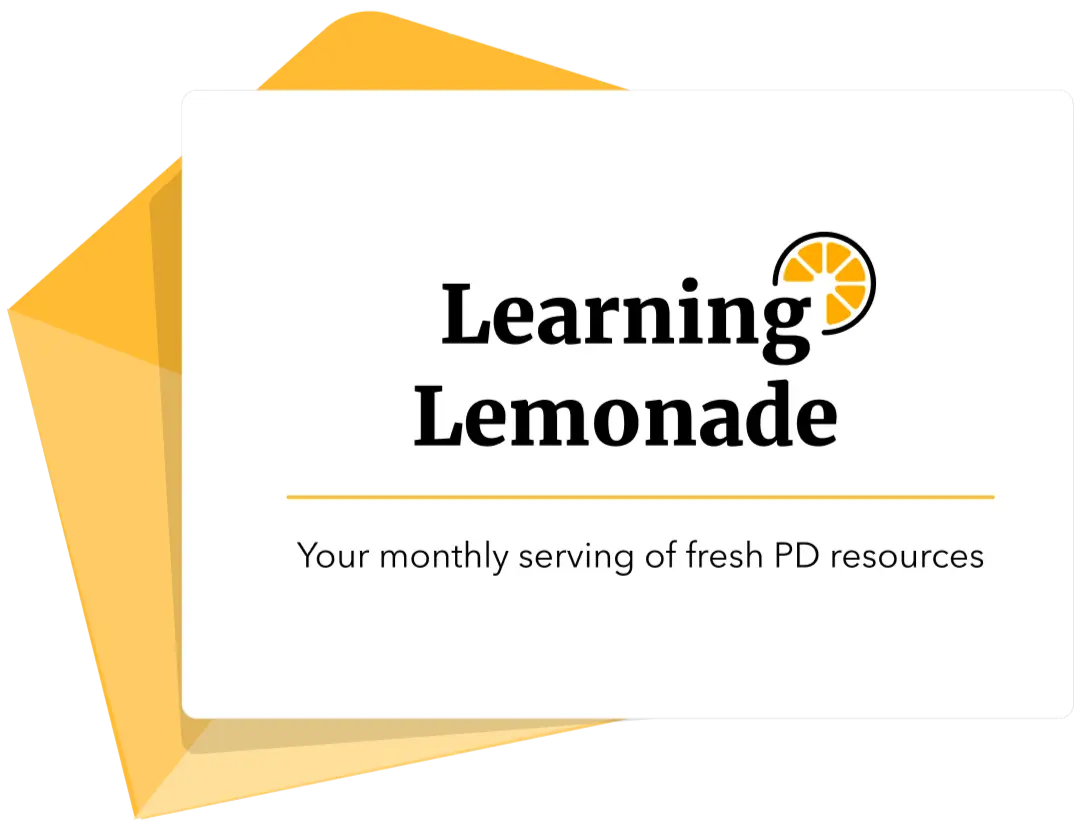Global Citizenship in the MYP: Caught or Taught?
In support of my Toddle Talks webinar of the same title, it is my belief that we can deliberately teach global citizenship by planning and teaching through the SDGs as well as teaching about them. It extends teachers’ planning for SDGs beyond the simple transmission of SDG knowledge (of climate change, plastics in oceans etc) to the development of the necessary skills, attitudes and attributes required to initiate action and change at the local and global level. These include collaborative skills, problem-solving skills, and the development of compassion and empathy.
What are the SDGs?
The SDGs (Sustainable Development Goals) were developed over decades by many countries, through the UN. In 2015, the long process ended with the adoption of the 2030 Agenda for Sustainable Development, with 17 SDGs at its core (UN, 2020). Coincidentally the Paris Agreement on Climate Change was agreed upon and signed by most member states later in 2015.
The Division for Sustainable Development Goals at the UN supports work towards the SDGs and their related thematic issues, including water, energy, climate, oceans, urbanization, transport, science and technology. To make the 2030 SDG agenda a reality, SDGs must be seen to be owned broadly by individuals, communities, schools, countries, regions and multi-national bodies. There must be a strong commitment by everyone to implement these global goals.
The SDGs are a superb roadmap for the world to achieve a better and more sustainable future. They force us all to look at and act upon global challenges including poverty, inequality, climate change, environmental degradation, and peace and justice. The 17 Goals are all interconnected. It is hugely important that we achieve them all by 2030. The 17 SDGs are (UNDESA, 2020):

Are there examples of SDGs in classrooms?
There are many resources available that schools can use to teach students about the issues covered by the SDGs. We discuss several of them below. An important characteristic that emerges from looking at each site is that they do a great job in helping students learn about the importance of the SDGs and to learn about each SDG. One could argue that this is like covering global citizenship in schools through only the 5Fs – folklore, fashion, flags, festivals and food. While they hold some cultural value, the real value comes from embedding ideas into the curriculum.
- A useful resource which helps schools work together in making the world a better place through the SDGs, you can find resources including videos to use in class! – http://www.teachsdgs.org/
- An informative webinar that covers the idea of glocal action around the SDGs.- https://connect.ust.hk/get-involved/opportunities/200415-glocalization-of-the-un’s-global-goals-what-can-i-do-full
- An MYP unit for Design, which is a model for open-ended inquiry into the SDGs, with students able to explore multiple directions.- https://www.excitededucator.com/home/un-global-goals-myp-design-unit
- A relevant read in using the SDGs and how they can have glocal impact, through the example of Moldova – https://unsdg.un.org/blog/glocalizing-sustainable-development-goals-moldova
- A timely article that provides great rationale for the importance of teaching with SDGs and a range of resources –https://www.britishcouncil.org/voices-magazine/why-teach-uns-development-goals-and-how
- A ‘must-view’ site, the lesson itself is presented by Sir Ken Robinson and other star names. It is fun, meaningful and worth using with students as an introduction to the SDGs and the whole concept – http://sirkenrobinson.com/the-worlds-largest-lesson-written-by-sir-ken-robinson/
- A good example of how an international school in China has used SDG related projects to replace examinations for MYP students and to expand understanding of the nature and importance of SDGs – https://www.xalis.com/newss/show/98.html
- A great resource for PYP schools, this provides a strong example of ways in which the central ideas and lines of inquiry can support the SDGs by aligning the transdisciplinary themes and drawing lines of inquiry from them – http://pypglobalgoals.weebly.com
- A very brief blog article on how the SDGs can enhance an IB education, with emphasis on service learning, it can be useful both with parents and the community. – https://blogs.ibo.org/blog/2018/04/13/mobilising-young-people-to-embrace-sustainable-development-goals/
- Information and inspiration to find ways to collaborate and become part of a global movement to address the SDGs – https://www.globalschoolsprogram.org/international-baccalaureate
Do the SDGs support MYP teaching and learning?
Let us dive deeper into the components of the programme model to explore potential practical examples of ways in which the MYP can be delivered through the SDGs. For example, can we use the key concepts in Sciences to launch action in support of Goal 14 Life under water? How can we use the global contexts in PHE to investigate Goal 6 Clean water and sanitation? Can we develop interdisciplinary units that dive deeper into Goal 13 Climate Action? Should the Community Project be framed around all SDGs or just one SDG?
Some examples here across MYP structures that focus on the environmental SDGs are:
- GOAL 6: Clean Water and Sanitation
- GOAL 7: Affordable and Clean Energy
- GOAL 13: Climate Action
- GOAL 14: Life Below Water
- GOAL 15: Life on Land
The other 12 SDGs create great opportunities for inquiry too, but for sake of focus, this blog concentrates on the 5 environmental SDGs. MYP teachers can incorporate SDGs naturally and without forcing them by using the MYP structures such as key concepts. For example, systems or relationships can be conceptual focuses for inquiry into climate action or clean energy. Balance and change are a key concept that could be used to drive learning in life below water, and development and global interactions can also be used across any SDGs. The key concepts and hence the statement of inquiry can be used to ensure that units are taught through SDGs rather than about SDGs.

The MYP global contexts make great lenses for focusing inquiry into the SDGs. Each of the environmental SDGs (6, 7, 13, 14, 15) can align closely to one or more global contexts.

Summary
The connection between the SDG as content or global context and the MYP framework can be used in a full unit planner to develop inquiry from the statement of inquiry to inquiry questions, activities and formative assessments. This connection between SDG and content/context can drive conceptual understanding of the local-global dimensions of the issues being explored. While thinking about examples, ask yourself how you would use the concepts or contexts provided to explore an SDG target, or if you would use different ones. What kind of inquiry questions would you create? Would you create an action-related performance of understanding to align with the inquiry you design? Keeping these questions at the forefront can help you make strong connections consistently.
Related resources
Liked this resource? Here are a few more you might like to explore:












